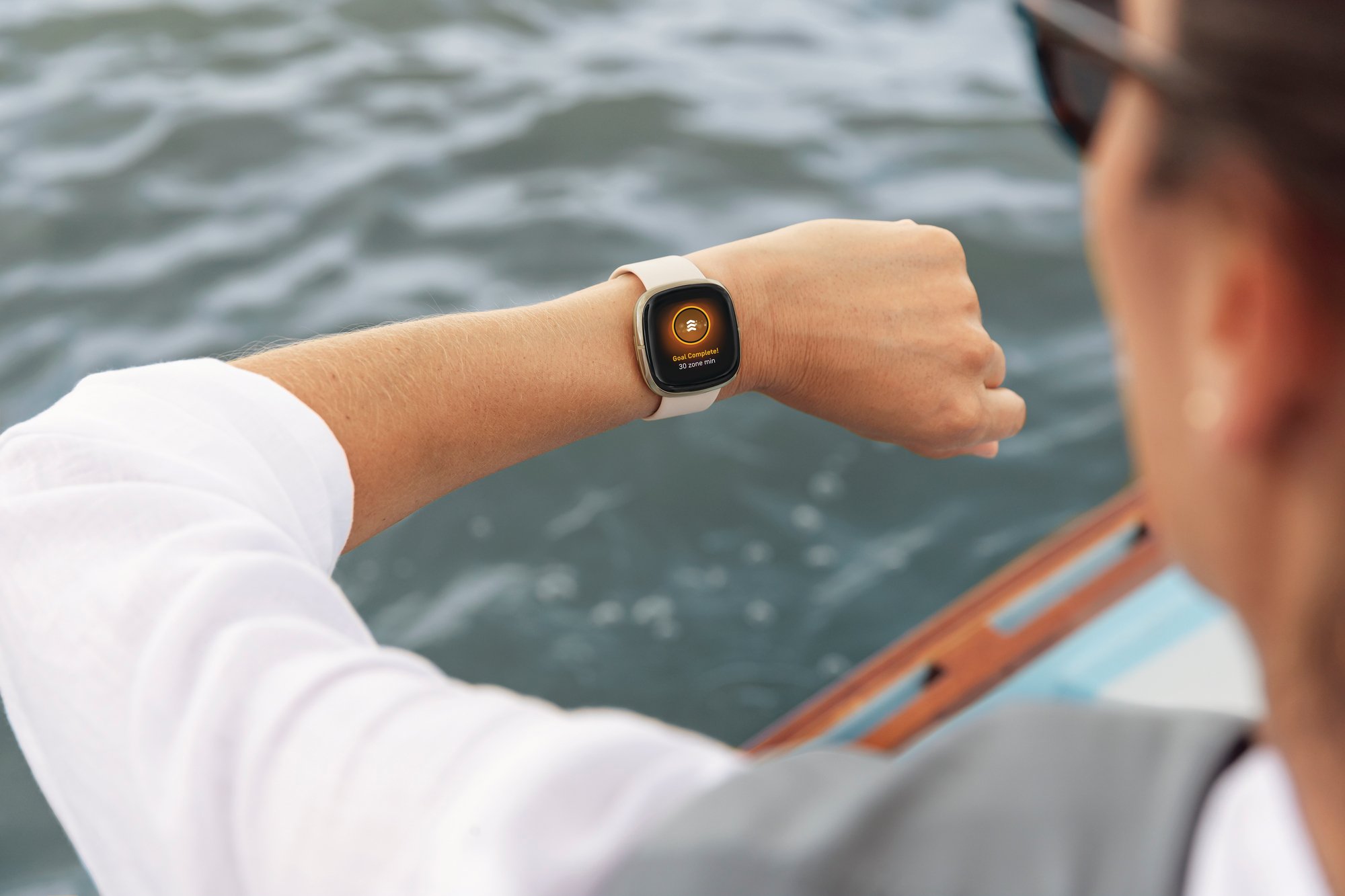Fitness-tracker and smartwatch company Fitbit (FIT +0.00%) reported its second-quarter results after the market closed on Aug. 1. Revenue continued to slump as fitness-tracker sales tumbled, but smartwatch sales are booming thanks to the mass-market Versa.
A lower gross margin and higher costs to support the Versa's launch weighed on the bottom line, but Fitbit expects its numbers to start to improve later this year. Here's what investors need to know about Fitbit's second-quarter report.
Fitbit results: The raw numbers
|
Metric |
Q2 2018 |
Q2 2017 |
Year-Over-Year Change |
|---|---|---|---|
|
Revenue |
$299.3 million |
$353.3 million |
(15.3%) |
|
Net income |
($118.3 million) |
($58.2 million) |
N/A |
|
Non-GAAP earnings per share |
($0.22) |
($0.08) |
N/A |
|
Devices sold |
2.7 million |
3.4 million |
(20.6%) |
Data source: Fitbit. GAAP = generally accepted accounting principles.
What happened with Fitbit this quarter?
- Sales were once again hurt by reductions in channel inventory, despite the company saying in May that the retail channel was "relatively clean." Fitbit expects the second quarter to be the low point for year-over-year declines in tracker sales.
- New products, which include the Ionic and Versa smartwatches, the Ace, the Aria 2, and the Flyer, accounted for 59% of revenue. Smartwatches alone accounted for 55% of total revenue.
- U.S. revenue dropped 8.4% year over year to $182.5 million. Europe, Middle East, and Africa (EMEA) revenue tumbled 39.3% to $66.0 million. Asia Pacific revenue grew 66.4% to $35.1 million. Americas ex-U.S. revenue slumped 35.1% to $15.8 million.
- Growing smartwatch sales boosted Fitbit's average selling price by 6% year over year to $106. That mix shift toward smartwatches hurt gross margin -- non-GAAP gross margin fell 2.1 percentage points to 40.9%.
- GAAP operating expenses grew slightly compared to the prior-year period.
- The $200 Versa smartwatch outsold Samsung, Garmin, and Fossil smartwatches combined in North America, according to Fitbit.
Fitbit provided the following guidance:
- Third-quarter revenue is expected between $370 million and $390 million, down 3% year over year at the midpoint. The EMEA region is expected to return to growth.
- Third-quarter non-GAAP earnings per share is expected between a loss of $0.02 and a profit of $0.01. Third-quarter free cash flow is expected to be a loss of $30 million, excluding tax refund payments.
- Full-year revenue is expected to be roughly $1.5 billion. Fitness-tracker sales trends are expected to improve, and additional supply of the Versa line is expected to become available.
- Full-year free cash flow is expected to be a loss of $20 million, excluding tax refund payments and any potential impact of tariffs.
- Full-year gross margin is expected to be flat from the second quarter, while non-GAAP operating expenses are expected to drop 7%.

The Fitbit Versa. Image source: Fitbit.
What management had to say
Fitbit CEO James Park commented during the conference call on why costs were up in the second quarter, and how the company plans to reduce costs next year: "We continue to be on track to reduce operating cost 7%, but have made a conscious choice to pull forward cost and increase our media and advertising spend to support the launch of Versa ... Also we continue to make progress transitioning our data infrastructure to Google's cloud, where we expect cost savings to begin in 2019."
CFO Ron Kisling discussed the retail channel and the direct-to-consumer business: "As James indicated, broadly speaking, retail-channel inventory is relatively clean, with some Versa demand unable to be fulfilled given supply constraints and tracker inventory now in line with expected consumer demand. Our direct[-to-]consumer business, Fitbit.com, represented 14% of revenue and declined 9% to $43 million."
Kisling added that the popularity of the Versa smartwatch is putting some pressure on the company's cash flow: "Given the strength of demand for Versa, we have increased our capital expenditure cost to increase production capacity and now anticipate capex to increase as a percent of revenue to 5% from the previously forecasted 4% level. We expect this spend to negatively impact free cash flow."
Looking forward
Fitbit appears to have hit a home run with Versa, its second attempt at a full-featured smartwatch. Based on what the company has said, demand for Versa is outstripping supply, and the smartwatch is beating out many of its competitors. Slumping fitness-tracker sales are still overwhelming this growth, but that won't be the case forever.
Getting back to profitability may take a while, though, as smartwatches drag down gross margin. Fitbit has $580 million of cash and short-term investments on the balance sheet, so it can absorb years of losses as it shifts toward smartwatches. But it's unclear exactly how profitable the smartwatch business will ultimately be, given intense competition.
Fitbit showed some signs in the second quarter that its business is starting to turn a corner, with smartwatches now accounting for the majority of revenue. But the company's turnaround is just getting started.





